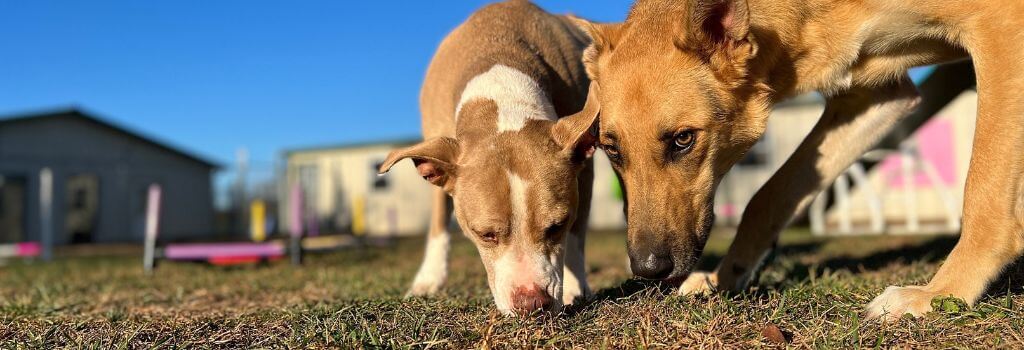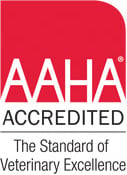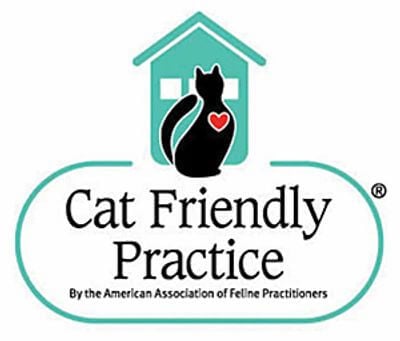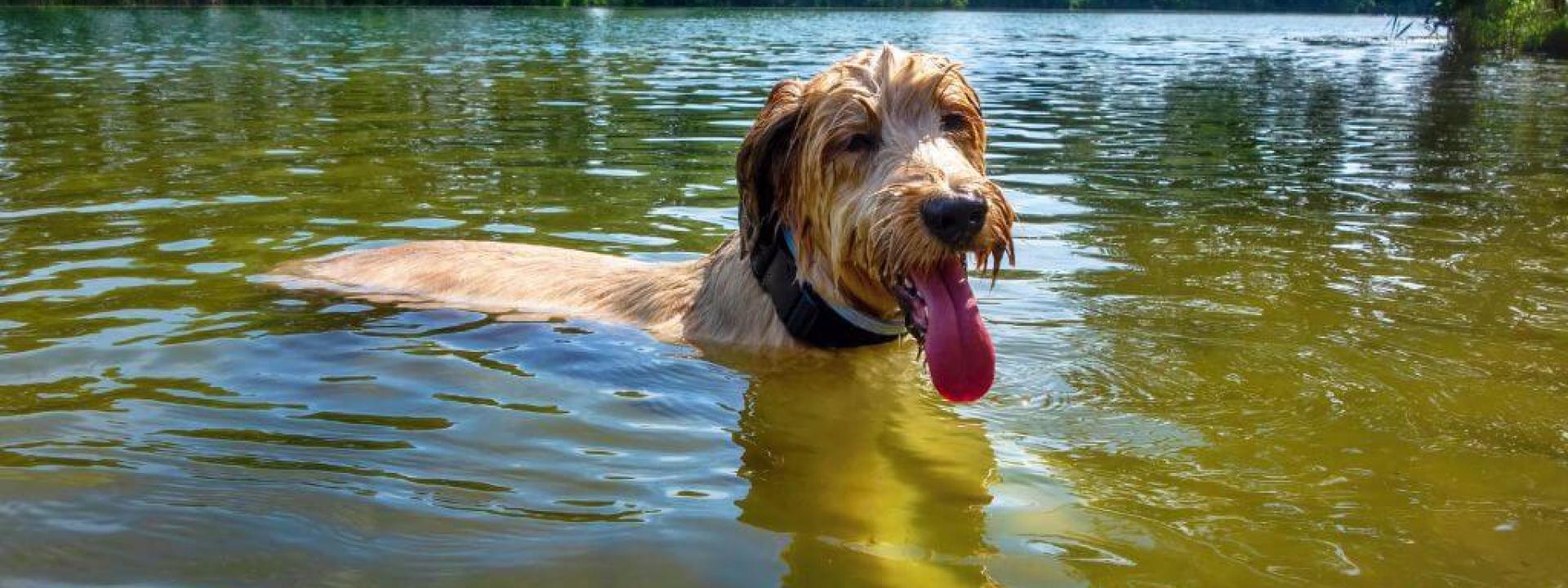If your dog has ever had a sudden bout of diarrhea after a trip to the park or a swim in your local lake, Giardia may be something your veterinarian brings up during your vet visit. Despite being tiny and invisible to the naked eye, this protozoan parasite is actually one of the most common causes of intestinal upset in dogs.
While Giardia is fairly common and affects numerous dogs around the world each year, many pet owners are actually unfamiliar with how it spreads, what symptoms to watch for, and how to treat or prevent it. To give you a better chance of preventing your dog from contracting Giardia or catching the infection early, I'll be breaking down everything a pet owner should know about Giardia in dogs.
What Is Giardia in Dogs?
Giardia are microscopic intestinal parasites that cause giardiasis, an intestinal infection that is widely known to cause diarrhea and gastrointestinal upset in both humans and animals. These single-celled organisms can live in water, soil, and feces and, once ingested, can infect dogs and wreak havoc on their digestive systems.
How Do Dogs Get Giardia?
Giardia is commonly found at dog parks, kennels, boarding and grooming facilities, dog daycares, or wherever there are a lot of animals in one area, and proper sanitation is difficult or not maintained. Dogs that frequent these locations have been found to have higher infection rates due to the increased likelihood of exposure to the parasites.
Dogs can become infected with Giardia after they ingest giardia cysts, the infectious form of the parasite. Once inside a dog's system, Giardia attaches to the walls of the small intestine, interfering with nutrient absorption and triggering inflammation, kickstarting diarrhea and other digestive symptoms that have become hallmarks of giardiasis.
A few of the most common ways dogs ingest giardia cysts include:
- Drinking contaminated water from puddles, ponds, lakes, or streams.
- Licking contaminated surfaces such as floors, toys, fur, or paws.
- Contact with infected feces, either directly or through contaminated soil or surfaces.
- Grooming or licking other dogs, especially if the other dog is infected and has cysts on their fur.

Giardia can be diagnosed in several different ways, with each technique requiring a fecal sample for analysis. At Sugar River Animal Hospital, the most common ways we diagnose Giardia in dogs include a fecal flotation using a centrifuge and PCR tests – some of which can distinguish between zoonotic Giardia and non-zoonotic Giardia. We utilize the ELISA test less commonly due to higher instances of false positives, which can appear even long after the infection has been cleared.
In some cases, confirming a giardia diagnosis can be extra challenging due to the intermittent shedding of giardia cysts and trophozoites, so veterinarians may recommend additional testing or other diagnostic techniques, as well as follow-up appointments.
Preventing the Spread of Giardia in Dogs
Though Giardia is tough to prevent completely due to its hardy nature and prevalence outdoors, there are a few best practices dog owners can adhere to lower their dog's risk of infection. To limit your dog's exposure, try to:
- Avoid letting your dog drink from stagnant water like puddles, ponds, and ditches.
- Consider avoiding dog parks, especially if your dog has been infected before. These areas are at high risk due to the number of animals sharing the same space.
- Be cautious around streams, lakes, and other natural water sources that could be contaminated.
Can Humans Get Giardia from Dogs?
Yes, humans can get Giardia from dogs, as Giardia is considered zoonotic, meaning it can be transmitted from animals to humans. However, the risk of contracting Giardia from your dog is actually relatively low.
Giardia exists in different genetic groups, called assemblages, which are host-specific, so the strain of Giardia that a dog is sick with can influence the risk of transmission to other dogs, humans, or other animals.
- Assemblages C & D: Primarily infect dogs.
- Assemblages A & B: Primarily infect humans (but can sometimes infect other animals).
- Assemblage F: Typically found in cats.
- Assemblage E: Infects livestock.
But while the risk of transmission between dogs and people is typically low, that doesn't mean it's not possible. Some behaviors around dogs with Giardia – like picking up dog poop and forgetting to wash your hands – can increase a person's risk of contracting the infection. Additionally, immune-compromised individuals like young children, the elderly, or those with weakened immune systems are the groups that carry the highest risk of contracting giardiasis in general, while most healthy adults don't need to worry too much about transmission.
Giardia Symptoms in Dogs
Recognizing Giardia can be tricky for the average dog owner, as many dogs infected by the parasite don't actually exhibit any symptoms at all. If a dog is asymptomatic, the most common concern is chronic diarrhea, which owners will need to keep a close eye on to ensure their dog doesn't become dehydrated or suffer from any secondary health complications associated with prolonged diarrhea.
For dogs that are exhibiting clinical giardia symptoms, owners can be on the lookout for:
- Diarrhea
- Fatty stool
- Weight loss
- Dehydration
- Vomiting
- Lethargy
- Poor coat condition
- Abdominal pain
These giardia symptoms in dogs can be deceiving in some cases and can mimic the complications associated with other gastrointestinal problems, so it's important to have your dog evaluated by a veterinarian if your dog engaged in any activities associated with giardia risk or if they have concerning symptoms.
What Does Giardia Poop Look Like?
While it may be a little gross to think about, assessing the appearance of a sick dog's stool – or poop – can be helpful in tipping some owners off that there's something more serious going on with their dog than an upset stomach.
The appearance of poop in dogs affected by Giardia can vary from dog to dog and based on the severity of the infection, but some common aspects of stool appearance that owners can note and relay to their veterinarian include consistency, texture, color, and even odor.
Consistency – Dogs with Giardia often have poop that is mushy or watery rather than solid, which is consistent with typical diarrhea. The consistency and volume of the poop may give it a "cow-patty-like" appearance. Diarrhea, as a symptom of Giardia, can be intermittent, and some dogs may have giardia-looking poop one day and a normal bowel movement the next.
Appearance – Differing from typical diarrhea, poop from dogs with Giardia may appear greasy or shiny and may look to have a slick film on its surface. This appearance occurs due to the infection impacting a dog's ability to absorb fat. In some cases, the poop may also have strands of mucus in it, which can be responsible for the slimy appearance.
Color – Poop from dogs with Giardia is usually light tan, yellowish, or pale in color, but it can vary depending on the dog's diet and level of dehydration.
Odor – While dog poop never smells pleasant, giardia poop can have a very strong and displeasing odor that some owners may find difficult to stomach.

Special Concerns for Giardia in Puppies
While any dog can contract an infection from Giardia, younger and immunocompromised dogs can be at greater risk and are more likely to exhibit common giardia symptoms beyond diarrhea and have more severe reactions to the infection.
Puppies are a special concern for owners and veterinarians because they have underdeveloped immune systems that aren't quite ready to fight off aggressive infections like Giardia. Coupled with common – but in this case, risky – puppy behaviors like licking the ground, chewing shared toys, and playing with other dogs during socialization, younger dogs being exposed to Giardia can be disastrous.
Because Giardia disrupts a dog's digestive system and their ability to absorb nutrients, puppies that contract giardia can face malnutrition, poor weight gain, and developmental delays, affecting their overall growth and ability to thrive. The rapid dehydration caused by giardia diarrhea poses additional problems for puppies and can quickly become a life-threatening emergency if there is no veterinary intervention.
Giardia in Dogs Treatment Options
While it can be difficult to watch your dog suffer from the chronic diarrhea associated with Giardia in dogs, the good news is that the prognosis for Giardia is very good, with most dogs making a full recovery.
With the right medications and treatments, giardia infections can be cleared, and dogs can go back to feeling like themselves again. However, in some cases, infections can be more difficult to clear due to the patient being immunocompromised or being reinfected by their environment, either due to a high giardia burden or poor environmental hygiene.
The exact course of action your veterinarian recommends will depend on which strain of Giardia your dog has, as well as if they are exhibiting symptoms.
Current recommendations from the Companion Animal Parasite Council explain that if the dog is asymptomatic and is not infected with the zoonotic strain of Giardia, then treatment should not be administered. Alternatively, if the dog is symptomatic and/or is infected with the zoonotic strain of Giardia, then metronidazole or a combination of metronidazole and fenbendazole should be used under the direction of a veterinarian.
Most dogs tolerate these treatments well, but side effects can occur. In some dogs, these medications can make diarrhea worse and can cause neurologic symptoms if too high of a dose is administered, though instances of these adverse reactions are rare and will clear up once the medication is stopped or the dosage is adjusted.
If you have questions and you'd like to reach out to us, you can call us directly at (603) 287-1181, or you can email us at [email protected]. Don't forget to follow us on social media Facebook, Instagram.



